We may earn money or products from the companies mentioned in this post. This means if you click on the link and purchase the item, I will receive a small commission at no extra cost to you ... you're just helping re-supply our family's travel fund.
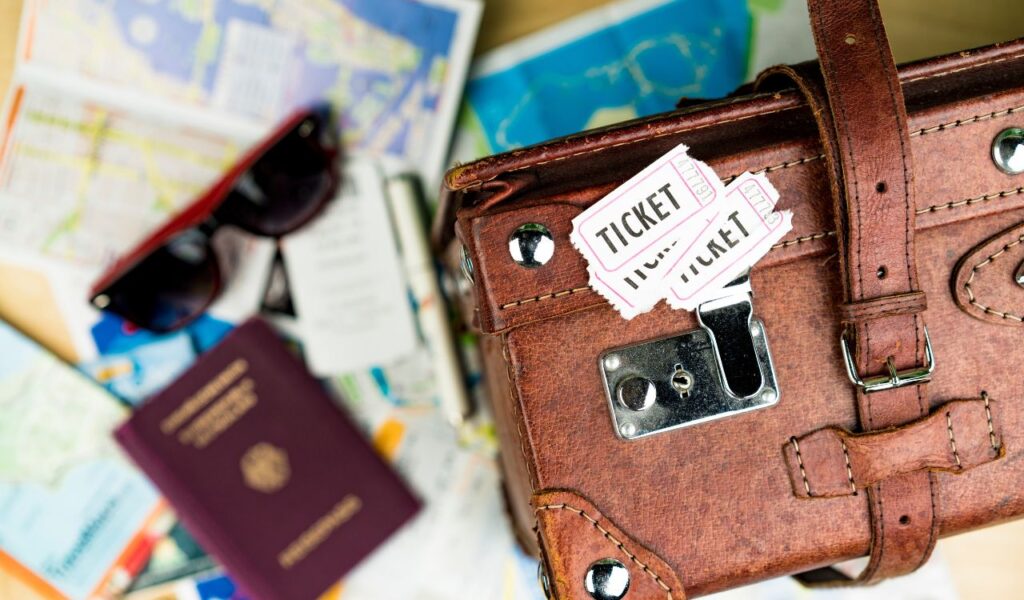
Travel is getting a 2025 tune up, and a little prep now pays off at the airport. IDs for U.S. domestic flights, pre trip authorizations for Europe and the UK, biometric border checks across the EU, and stronger U.S. airline refunds are all in play. None of it is complicated, but timing matters. Build these steps into booking timelines and keep documents synced to passports. The result is fewer surprises, smoother connections, and better protection when plans change mid trip.
REAL ID for U.S. flights
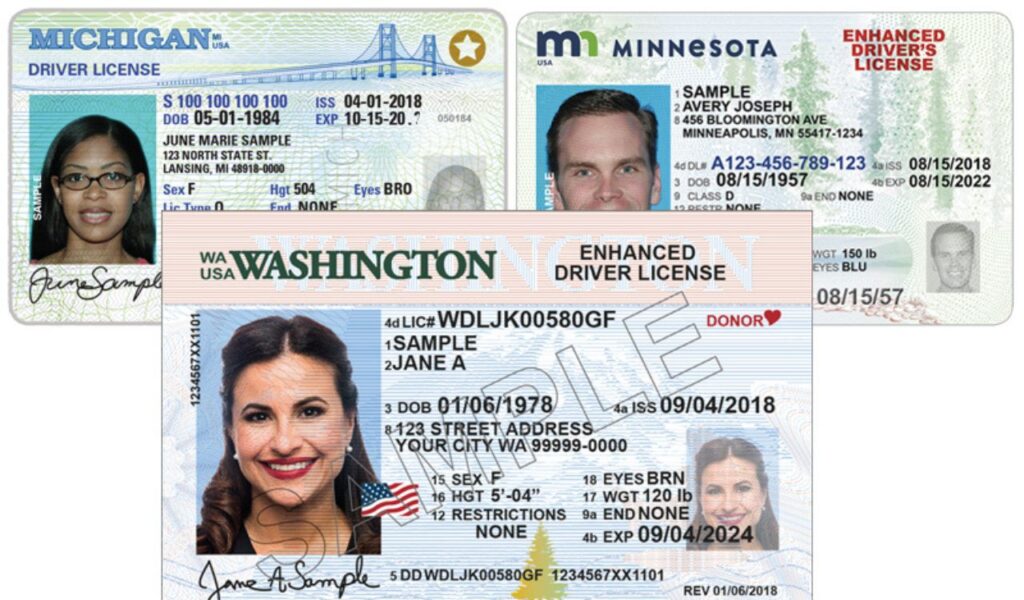
Starting May 7, 2025, travelers 18 and over must present a REAL ID compliant license or another TSA accepted ID, such as a valid passport, at TSA checkpoints for U.S. domestic flights. Standard licenses without the star will not work. If DMV appointments are tight, using a passport is a simple backup that avoids day of hassles. Check the ID now, confirm the star, and match the name to the ticket to keep check in and security stress free.
UK ETA now required
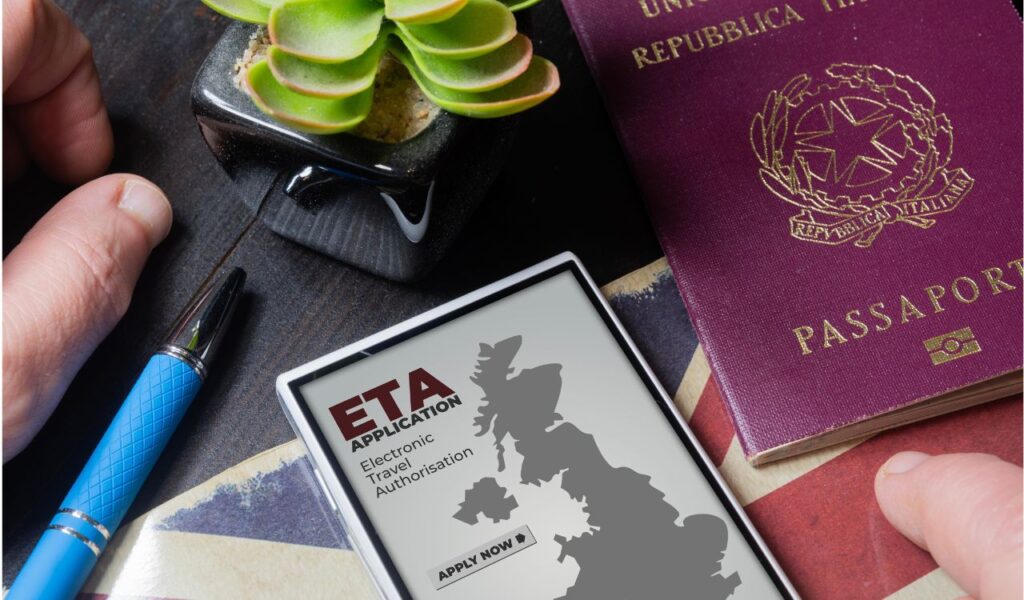
From January 8, 2025, visa exempt visitors to the United Kingdom need an Electronic Travel Authorization before boarding. It is not a visa, costs about 13 dollars, and is valid for multiple entries over two years. Apply through the official UK site or app and travel with the same passport used in the application. Submit at least 72 hours before departure. This quick step improves screening and eases arrivals at busy airports and peak hours.
ETIAS for Europe

The EU’s ETIAS adds a pre trip authorization for visa exempt travelers, including U.S. passport holders, expected to start in 2025 after prior delays. Once approved, ETIAS usually allows short stays up to 90 days in any 180 day period and remains valid up to three years, but it is tied to the passport used. Apply several days ahead and reconfirm timing near departure. Treat it like booking insurance or trains, a small add on that keeps plans on track.
EU Entry/Exit System

Europe is replacing manual passport stamps with a biometric Entry/Exit System for non EU nationals. Expect face or fingerprint capture at first Schengen entry and automated tracking of days to enforce the 90 in 180 rule. The upside is cleaner records and fewer stamp checks; the tradeoff is a few extra minutes at initial entry while the system captures biometrics. If connections are tight, add a little buffer at the first EU airport.
Stronger U.S. airline refunds
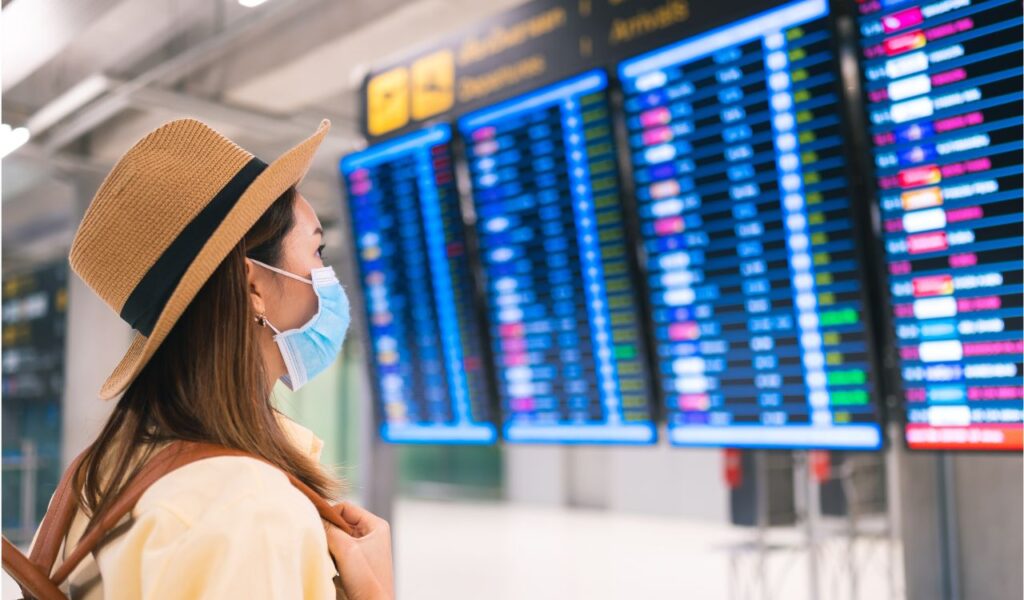
New U.S. DOT rules standardize significant delay, require automatic refunds to the original form of payment when a passenger declines rebooking after a cancellation, and enable refunds for delayed bags and failed paid ancillaries like Wi Fi or premium seats. Airlines must also offer 24 by 7 live support channels. Keep receipts and confirmations handy. When disruptions hit, clearer definitions and automatic processing put money back faster.
Passport validity checks
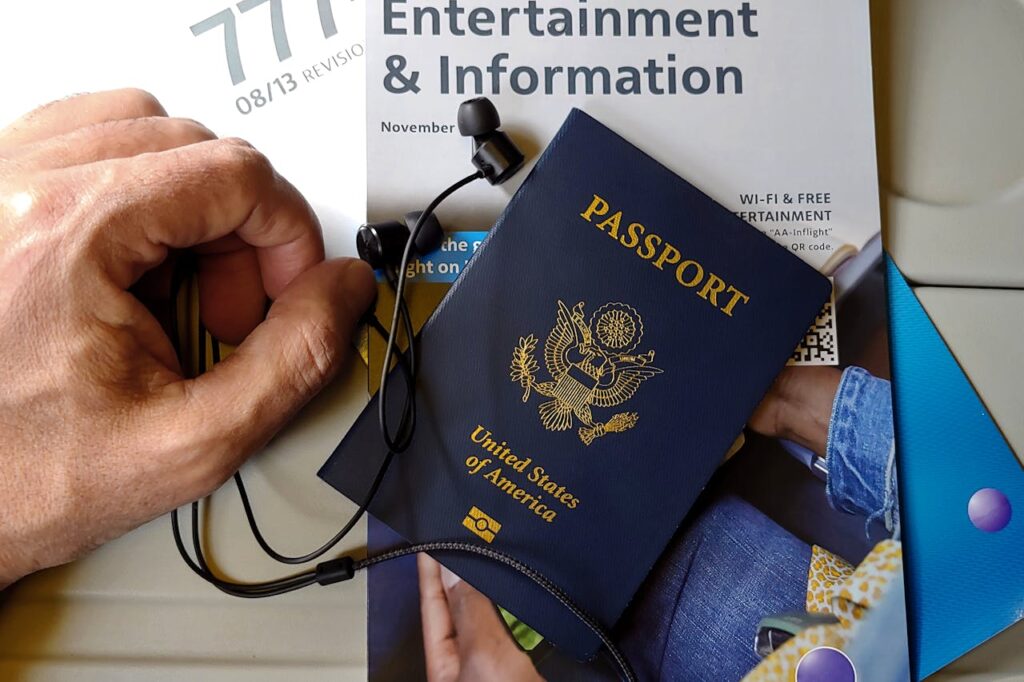
Check in agents frequently enforce destination rules to the letter, which makes 2025 planning guides emphasize passport validity and document alignment. Many countries require three to six months of validity beyond entry, exact name matches across tickets and IDs, and sometimes proof of onward travel. None of this is new everywhere, but inconsistent enforcement can end a trip at the counter. Verify early, especially on multi country routes.
More eVisas and ETAs

More destinations are adopting pre arrival digital authorizations beyond the UK and EU, often with streamlined apps, QR approvals, and small fees. It speeds border checks but adds one more box to tick before boarding. Use only official government portals to avoid clones and extra charges, and bookmark links when booking flights. Treat authorizations like timed attraction tickets, handled early so the rest of the plan can lock in.
Timed entries and fees
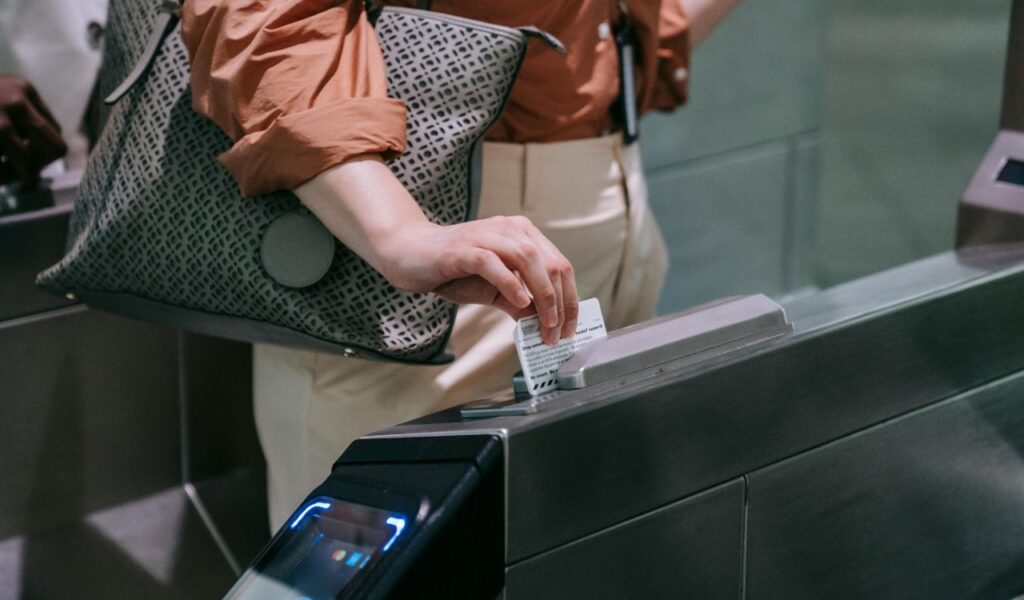
To manage crowds and protect heritage, select cities and marquee sites are expanding timed entries, day visitor fees, and advance booking windows. Think of them like concerts where peak slots sell out early, especially in summer. Book attraction time slots alongside flights and hotels so itineraries stay intact. The payoff is shorter lines, better conditions at fragile sites, and fewer last minute detours when schedules are tight.